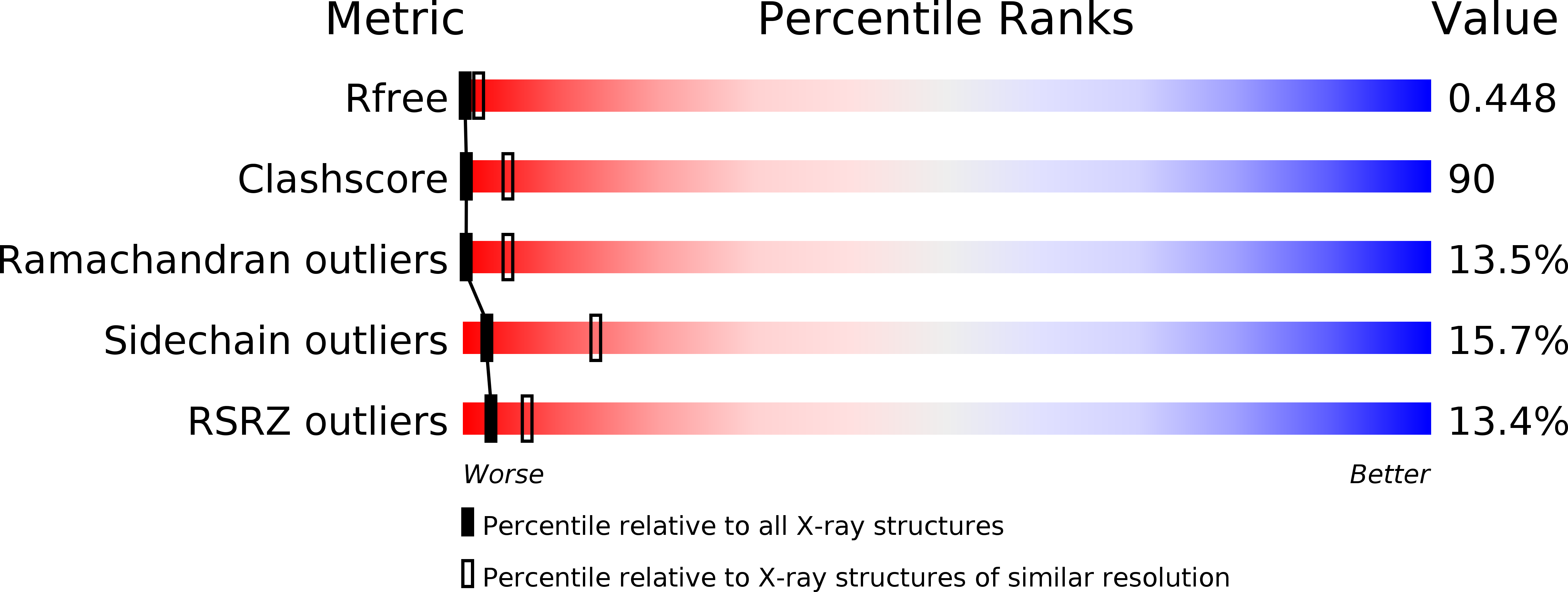
Deposition Date
2014-04-11
Release Date
2015-04-08
Last Version Date
2023-12-20
Entry Detail
Biological Source:
Source Organism:
Feline calicivirus (Taxon ID: 11978)
Host Organism:
Method Details:
Experimental Method:
Resolution:
8.00 Å
R-Value Free:
0.46
R-Value Work:
0.44
R-Value Observed:
0.44
Space Group:
P 21 3


